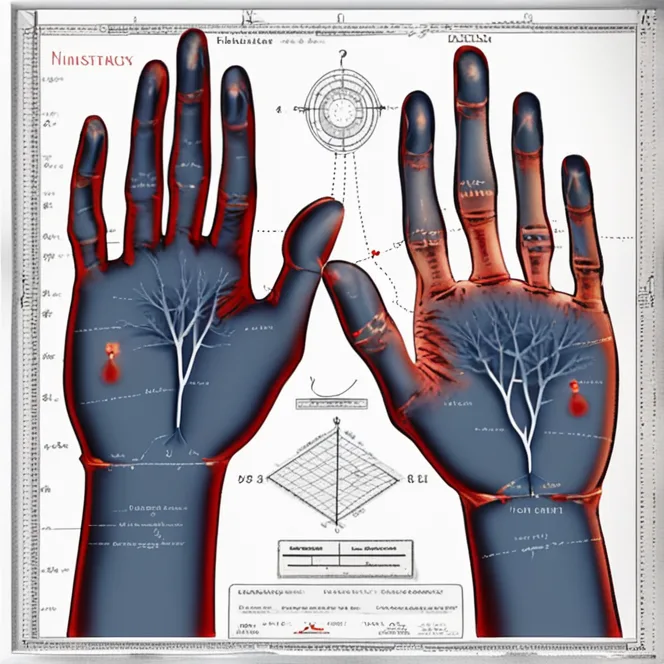
Exploring The Accuracy Of Palmistry
Delve into the world of palmistry to understand its accuracy, historical significance, and place in modern divination practices.
article by Nora Pennington
What Is Palmistry?
Palmistry, also known as chiromancy, is an ancient practice of analyzing an individual's palm to predict their future and infer their personality traits. For centuries, various cultures have turned to palmistry for insights into life’s potential path. It is believed that by studying the lines, shapes, and mounts on the palm, a skilled reader can offer revelations about one’s love life, career prospects, and even longevity. However, despite its historical roots and popularity, palmistry's reliability remains a subject of skepticism and debate among modern audiences.
Historical Significance
The art of palmistry can be traced back to Indian, Chinese, and Egyptian civilizations. Historical records suggest that Aristotle found evidence of palmistry on an altar of Hermes. During the Middle Ages, however, it faced opposition and was suppressed, but it re-emerged during the Renaissance period. Throughout different eras, palmistry was practiced by philosophers, doctors, and scholars, highlighting its influence across various domains. It’s worth noting that ancient palmistry was intertwined with astrology and was considered a scholarly tradition.

Methodology of Palm Reading
In palmistry, practitioners examine various aspects of the hand. The shape of the hands and fingers, the lines (heart line, head line, and life line being the most prominent ones), mounts, and other markings are all taken into consideration. These features are thought to change over time, reflecting personal growth and life changes. A palm reading session often involves a holistic view of these characteristics to piece together a narrative of an individual’s past, present, and future experiences.

Scientific Scrutiny
Scientifically, palmistry does not hold much weight, as there is a lack of empirical evidence to support its predictions. Critics argue that palm readings are vague and non-falsifiable, meaning they cannot be proven wrong. Studies in psychology, such as the Forer effect, suggest that people tend to find personal meaning in general statements that could apply to many. Moreover, confirmation bias plays a role in individuals remembering accurate predictions and forgetting the misses.

Argument for Personal Experience
Supporters of palmistry often counter skepticism with testimonials and personal experiences. Many people report profound readings that resonate on a deep level, leading them to believe in palmistry’s insights. These personal narratives contribute to the art's continued popularity. While anecdotal evidence is compelling, it lacks the scientific rigor of controlled experimentation and may not be enough to sway critics.
Role in Self-Reflection
One potential value of palmistry lies in its capacity for prompting self-analysis and reflection. Whether or not the readings are accurate, they can encourage individuals to think critically about their lives and decisions. In this sense, palmistry can have therapeutic benefits, serving as a catalyst for personal insight and development. It could be argued that the true value of palmistry lies not in predicting the future but in understanding oneself better.
Palmistry's Place in Modern Times
Today, palmistry is part of a larger umbrella of esoteric practices that include tarot reading, astrology, and numerology. It thrives in the realm of spirituality and self-help, with many seeking its counsel for entertainment or as a complementary perspective to conventional wisdom. Whether seen as a science or an art, palmistry’s intrigue persists, keeping it alive in contemporary culture where ancient wisdom and modern curiosity intersect.
Published: 12/7/2023
Modified: 12/7/2023
More predictions
Come back here soon to learn more about yourself and your future





